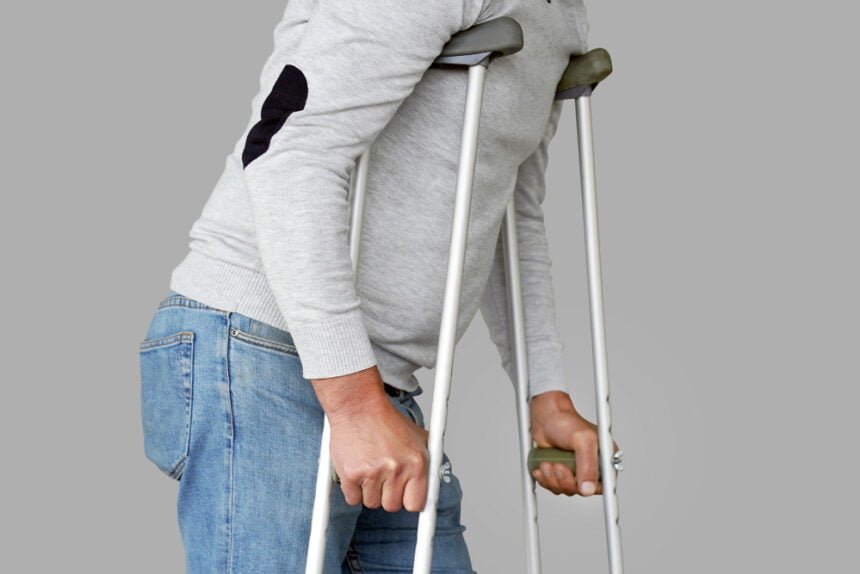Broken hips, also known as hip fractures, are a serious issue among older adults and often result from a ground-level fall. They can also result from weakened bones due to smoking, osteoporosis, or chronic use of steroid medications.
A broken hip can cause severe complications such as avascular necrosis or death, so prompt treatment is essential. You can regain functionality in six to nine months with physical therapy and other interventions. However, recovery from a broken hip depends on the type of surgery you get, age, mobility, and overall health. Here are four ways to recover from a hip fracture.
1. Exercise everyday
Besides standard physiotherapy, you can benefit from exercises to boost your mobility after a broken hip. Bones heal faster when used, so any weight-bearing activity can stimulate them to heal. Exercise also enhances blood circulation to your legs and feet, which may help prevent blood clots.
Start doing exercises shortly after surgery and continue until you are fully recovered. As long as you can bear total weight on the injured leg and balance well, begin ambulation exercises after four to eight days. You might feel uncomfortable at first, but these exercises will enhance your recovery and alleviate the postoperative pain.
2. Focus on your diet
Nutrition might be the last thing to think of when you break a hip and start the recovery process. However, a well-balanced diet can reduce hip fracture risk and enhance the healing process after surgery. Oral supplements with minerals and non-protein energy may help prevent complications after a hip fracture in older adults but might not affect mortality.
Eat enough protein to build up muscles and sufficient vitamin D and calcium for your bones to regain strength. You should also take frequent drinks to stay hydrated and prevent yourself from developing pressure sores.
3. Prepare your home for the recovery process
After you have received broken hip treatment, ensure your home is well prepared for optimal recovery. You don’t want to come home and tumble on an internet cable or a rug and end up back in the hospital. Here are some guidelines to help prepare your home for broken hip recovery:
- Remove all throw rugs in your standing and walking path and use double-face tape to secure carpet corners.
- Check stair railings and ensure they are secure.
- Move small-height tables away from chairs and couches.
- Place a lamp closer to your bed where it’s easy to reach.
- Place adhesive slip strips or a bathmat on your tub or bathroom floor.
- You might need a raised toilet seat or commode.
4. Follow your doctor’s advice
Following your doctor’s advice is essential when recovering from a broken hip. It’s easy to become lax when it comes to adhering to doctor’s instructions, but it’s an essential part of the recovery process. Get out of bed and take all the prescribed medications to aid in pain relief and recovery. You should also ensure you fully understand any post-treatment instructions from your doctor. If you have any questions, always ask to ensure you get the best care possible.
Endnote
Recovering from a broken hip can be overwhelming, but you can get back to your old self soon with proper treatment and care. Follow these tips for faster healing after hip fracture surgery. Contact your doctor immediately if you notice any symptoms of a blood clot or an infection.

